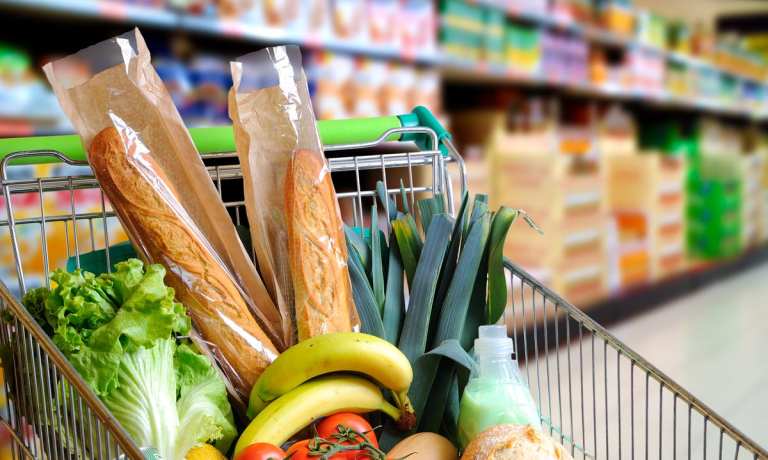
That grocery has spent much of 2020 getting digitized isn’t breaking news as the year is settling into its last few weeks, but this week we did start seeing figures rolling in from PYMNTS and other sources marking just how big that shift has been in terms of both consumer behavior and spend. And where consumers and their dollars shift, retailers are sure to follow, explaining why Food Lion is the latest grocer announcing upgrades this week. In less encouraging news for grocery retailers operating in the physical world, the uptick in COVID-19 cases has meant that new rules limiting how many people can shop in-store at once are popping up in an ever-increasing number of states.
Meaning digital grocery shopping in some places won’t merely be a preference as 2020 winds down — but a bona fide necessity.
Digital Grocery By The Numbers
The great digital shift in grocery is undeniably here — that is the conclusion of the latest data out of the PYMNTS Omnichannel Grocery Report. By the numbers, 17.2 percent of all consumers have switched from grocery shopping in stores to doing so online since the health crisis began.
Particularly popular is ordering groceries online for home delivery, as 23 percent of U.S. consumers — 57 million individuals — say they are ordering more groceries online for home delivery now than they did before the pandemic’s onset. Meanwhile, 21 percent of consumers, or 53 million individuals, are now ordering online for curbside pickup more than they did before the pandemic began, and 12 percent of consumers, or 30 million individuals, are now doing the same for in-store pickup.
Moreover, touchless services are increasingly important to consumers, such that they will pick their merchants based on which ones offer them. Over a third of consumers — 65 million shoppers total — would be willing to switch to grocers that offer touchless in-store payment technologies, such as digital wallets, QR codes, cards on file and POS credit options. And consumers who have already used touchless payments in-store are even more willing to make the switch, as 40.6 percent of them say they would do so.
Food Lion’s Upgrade Plan
Given the rapidly expanding preference of consumers for an upgraded grocery shopping experience, the last several months have been littered with announcements by grocers on upgrading their digital and physical consumer journeys. Food Lion is the latest big name to join the trend. The Ahold Delhaize-owned supermarket chain has announced plans to invest $212.5 million to update 112 stores in Delaware, Maryland, Pennsylvania, Virginia and West Virginia.
The upgrades will include more prepared, local and private-label products, including packaged meals, pre-sliced deli meats and cheeses, craft beers and limited reserve wines, store brand meats and natural and organic items. The new product offering will be paired with what the grocery retailer is calling a “more efficient” checkout process aimed at making shopping faster, and an expansion of its curbside pickup service called Food Lion To-Go at a little under half (40 percent) of the refurbished stores.
The announcement comes as part of a longer-term remodeling project, with Food Lion saying it has so far remodeled more than 90 percent of its stores, which span more than 1,000 locations across 10 states. Last year, the grocer announced a $158 million remodeling of 92 stores across South Carolina in March and a $40 million remodeling of 23 stores in Virginia.
The Return Of Shopping Limits Officially Imposed
As COVID-19 cases keep creeping up, empty store shelves are starting to return as anxious consumers are stocking (and overstocking) on staples and crowding into stores.
In response, California recently updated capacity limits for grocery stores in a new wave of coronavirus restrictions. Grocery stores had been restricted to operating at only 20 percent capacity, but that limit was increased up to 35 percent, according to the Los Angeles Times.
And California was not alone. In Oregon, supermarkets can only operate at 75 percent capacity, and Illinois, grocers are capped at 50 percent capacity while “big box” stores that sell groceries are restricted to 25 percent. Twenty-five percent is also the magic number in Washington state and parts of Maryland.
Retailers are also jumping on board. Walmart has been counting customers entering their doors since late November so it can quickly respond to regulatory requirements on opening. With shopping in stores increasingly limited, it seems, ability to buy online and pick-up curbside is about to be more relevant than ever. As it won’t just be the preferred option for consumers, but in some places, potentially their only option.